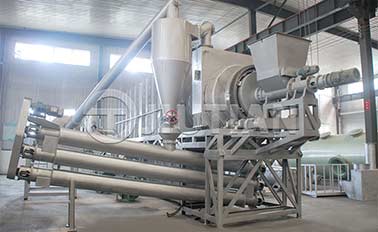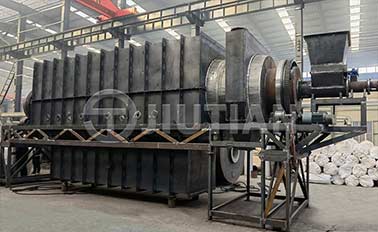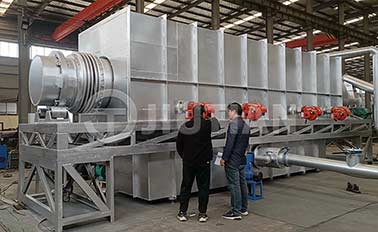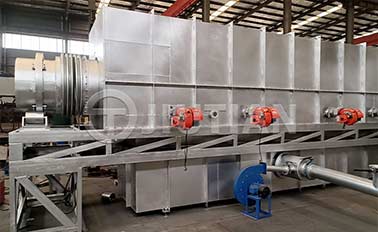Coir is the outer shell of the coconut fruit that is usually left behind after the pulp inside the coconut is harvested. Coconut shell is a natural biomass resource with high calorific value and low ash rate, so it is very suitable as fuel for the production of smokeless carbon.
As a raw material for smokeless carbon, coconut shell usually needs to go through the following processing processes:
1. Crushing: Crushing the coconut shell for better subsequent processing.
2. Drying: Dry the crushed coconut shell to reduce its moisture content and improve combustion efficiency.

3. Carbonization: The dried coconut shell is carbonized in a carbonization furnace, that is, it is decomposed into solid carbon and other gas components at high temperature. The carbonization process can be carried out in a closed furnace to ensure that no oxygen enters during the carbonization process, thereby avoiding smoke from combustion.
4. Cooling and packaging: The carbonized coconut shell carbon needs to be cooled, screened, classified and finally packaged.
Through these processing steps, coconut shells can be converted into high-quality smokeless carbon products with low ash rate, high calorific value and environmental protection. This smokeless carbon product can be used as fuel for chimney-type equipment such as stoves and fireplaces, effectively reducing smoke emissions and being more friendly to the environment and human health.

Location:Indonesia
Project Progress:Put Into Production

Location:Vietnam
Project Progress:Put Into Production

Location:Kenya
Project Progress:Put Into Production

Location:Canada
Project Progress:Put Into Production